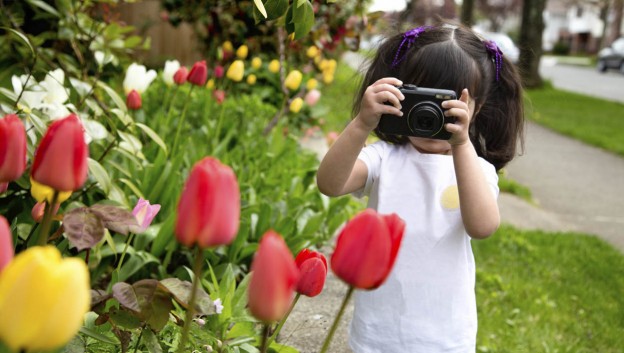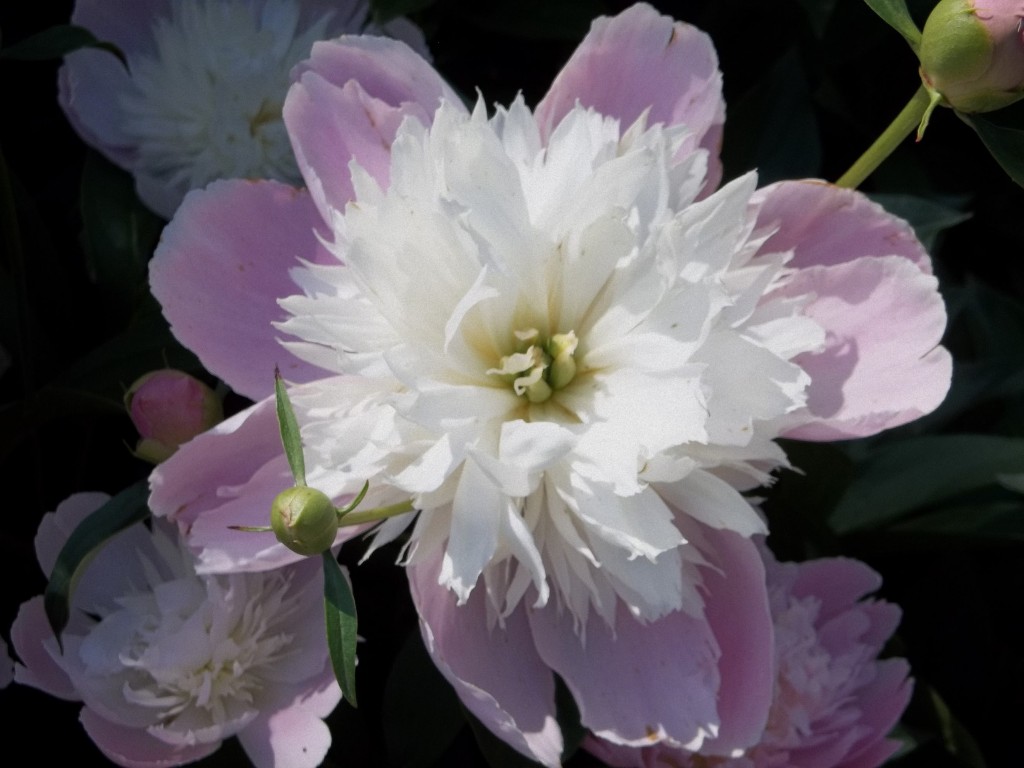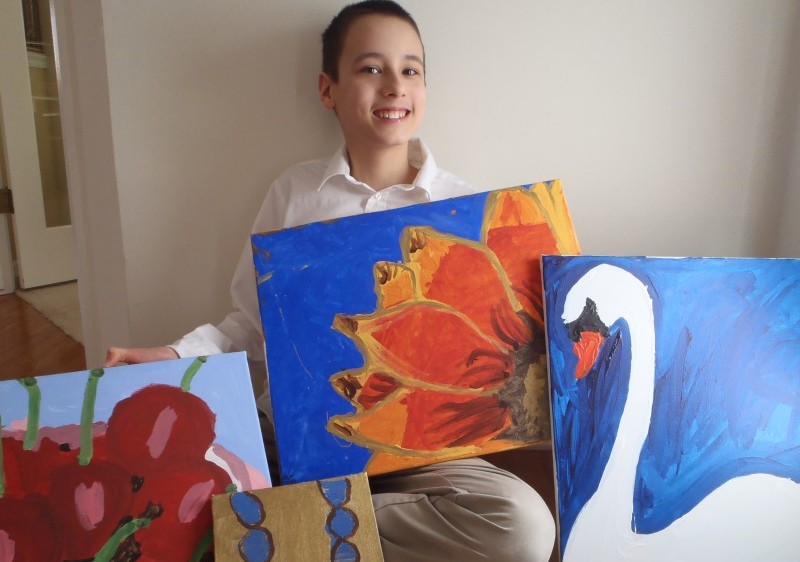
Resources  Pink and White Peony by Louie Wang[/caption]
Artistic technique in any field is developed through years of practice, and practice is a social process. Artists give and receive feedback from each other. Casual observers and experienced teachers also share their thoughts with artists. These interactions can lead to an openness to new relationships and ideas - a snowball effect in terms of social skills and artistic skills.
My son performs in his school choir, and we practice the songs together at home and in the car. Reviewing the material in different environments helps him to verbalize the physical sensation of singing and explain what feels “right.” Art is not a finished product, but rather a collaborative effort...and the only way to get to Carnegie Hall is through practice, practice and more practice.
Pink and White Peony by Louie Wang[/caption]
Artistic technique in any field is developed through years of practice, and practice is a social process. Artists give and receive feedback from each other. Casual observers and experienced teachers also share their thoughts with artists. These interactions can lead to an openness to new relationships and ideas - a snowball effect in terms of social skills and artistic skills.
My son performs in his school choir, and we practice the songs together at home and in the car. Reviewing the material in different environments helps him to verbalize the physical sensation of singing and explain what feels “right.” Art is not a finished product, but rather a collaborative effort...and the only way to get to Carnegie Hall is through practice, practice and more practice.
 Performance is inclusive because the whole community is invited. The preparation for a public performance requires an awareness of several different elements:
Performance is inclusive because the whole community is invited. The preparation for a public performance requires an awareness of several different elements:
Five Ways the Arts can Foster Inclusion for Individuals with Special Needs
When people with disabilities are looking for a way to learn new skills and become more involved in their communities, they may turn to the visual, performing or culinary arts. The arts are a form of personal expression that goes beyond words, communicating ideas at an intuitive level through sensory experiences. Because of the subjective nature and sensory focus of art, art classes are often the first choice for inclusion in general education, and careers in art are often the first choice for individuals with disabilities. The National Arts and Disability Center lists 971 organizations that offer some type of participation in the arts for individuals with disabilities. Even on that long list, I noticed several organizations missing! Inclusion is the reason why so many disability groups are dedicated to the arts. Here are 5 ways that participation in the arts can lead to greater community involvement for individuals with disabilities.1. Practice
[caption id="attachment_20242" align="aligncenter" width="625"] Pink and White Peony by Louie Wang[/caption]
Artistic technique in any field is developed through years of practice, and practice is a social process. Artists give and receive feedback from each other. Casual observers and experienced teachers also share their thoughts with artists. These interactions can lead to an openness to new relationships and ideas - a snowball effect in terms of social skills and artistic skills.
My son performs in his school choir, and we practice the songs together at home and in the car. Reviewing the material in different environments helps him to verbalize the physical sensation of singing and explain what feels “right.” Art is not a finished product, but rather a collaborative effort...and the only way to get to Carnegie Hall is through practice, practice and more practice.
Pink and White Peony by Louie Wang[/caption]
Artistic technique in any field is developed through years of practice, and practice is a social process. Artists give and receive feedback from each other. Casual observers and experienced teachers also share their thoughts with artists. These interactions can lead to an openness to new relationships and ideas - a snowball effect in terms of social skills and artistic skills.
My son performs in his school choir, and we practice the songs together at home and in the car. Reviewing the material in different environments helps him to verbalize the physical sensation of singing and explain what feels “right.” Art is not a finished product, but rather a collaborative effort...and the only way to get to Carnegie Hall is through practice, practice and more practice.
2. Competition
Every autumn, the National PTA sponsors a competition in the arts for students in preschool through twelfth grade called “Reflections.” The categories are dance, film, literature, music composition, photography and the visual arts. Students compete against others at their grade level, and students with disabilities may choose the Special Artist category. The competition moves from the local district to the state and then to the national levels. Last year my son received the top prize in the Special Artist - Photography category at the local and state levels, and received an honorable mention from the National PTA. This year my son entered six of his botanical photographs into the contest, in the hope that one of them will go to the nationals. He has always loved to press buttons on elevators, appliances and computer keyboards, so he was already motivated internally to learn how to press buttons on a camera. Personal and creative expression is much more difficult for him, but it was the right framework for him to achieve excellence in his field. An arts competition such as Reflections provides an opportunity to learn about other artists and their media.The awards ceremonies offer even more interaction as achievements are celebrated.3. Performance
 Performance is inclusive because the whole community is invited. The preparation for a public performance requires an awareness of several different elements:
Performance is inclusive because the whole community is invited. The preparation for a public performance requires an awareness of several different elements:
- body language
- tone of voice
- enunciation
- positions on stage
- script and roles
- personal appearance/make-up/grooming
- costumes
- set design
- lighting
- audience reaction



